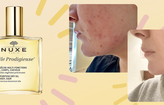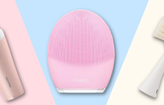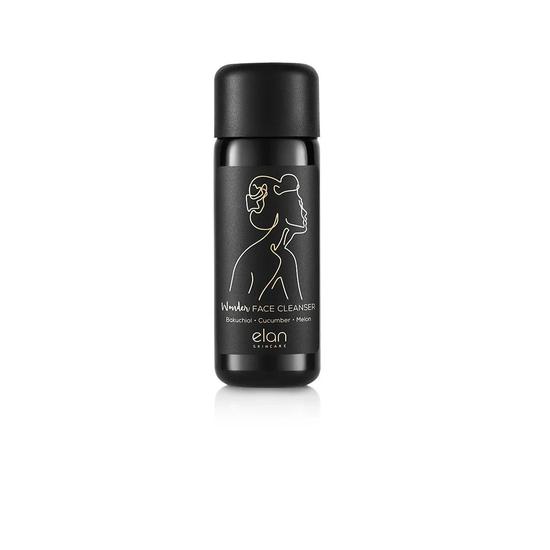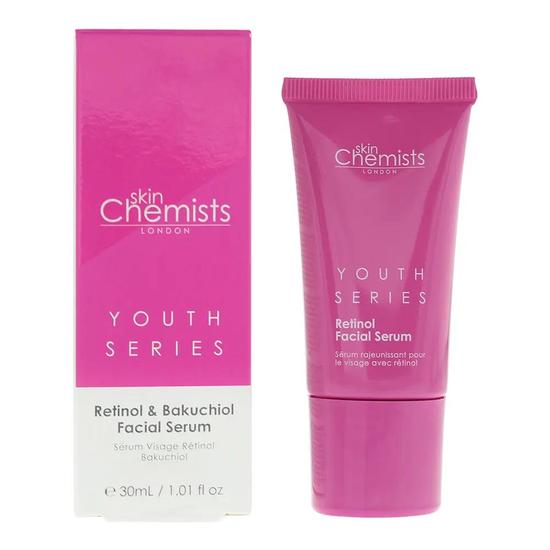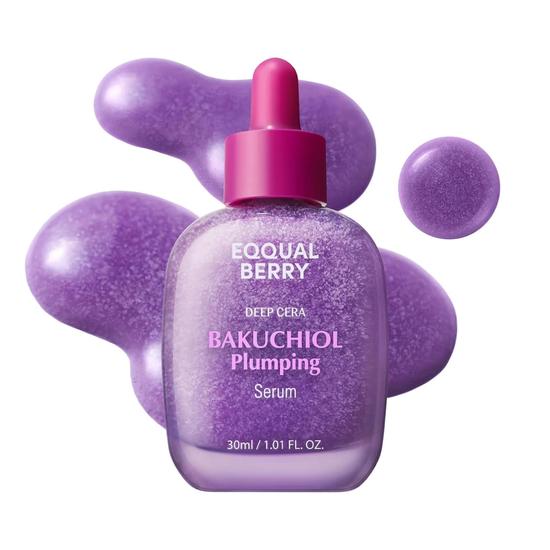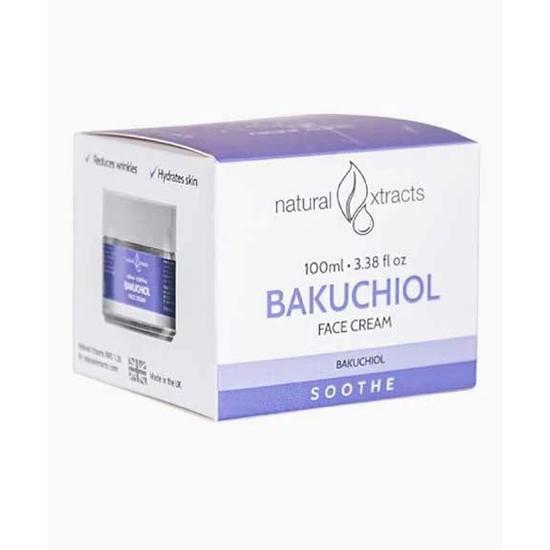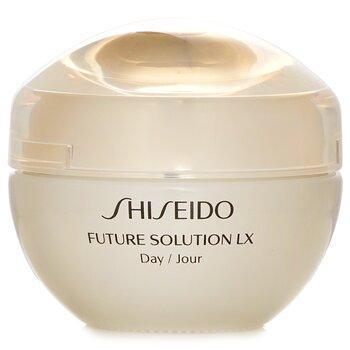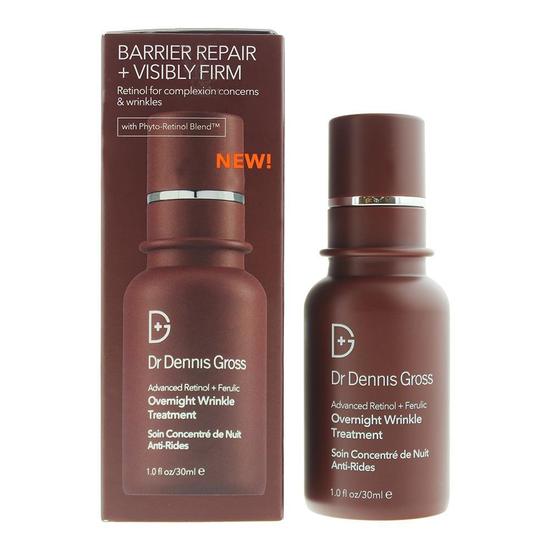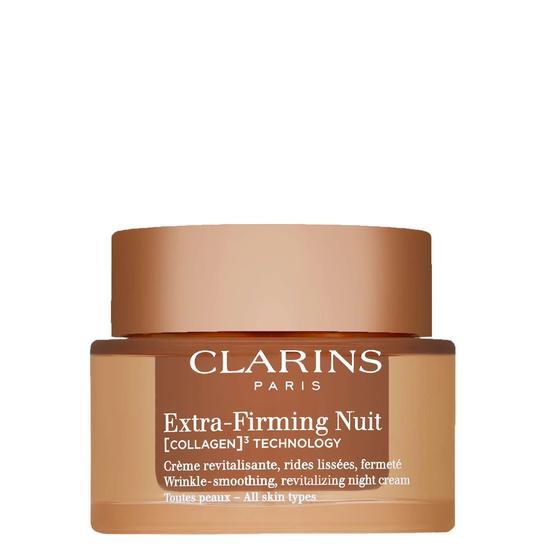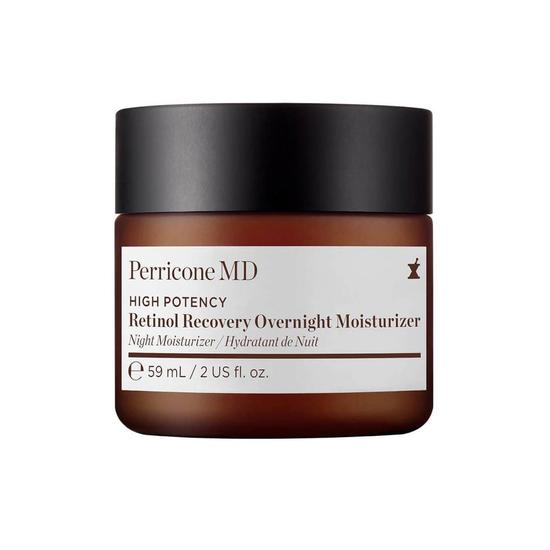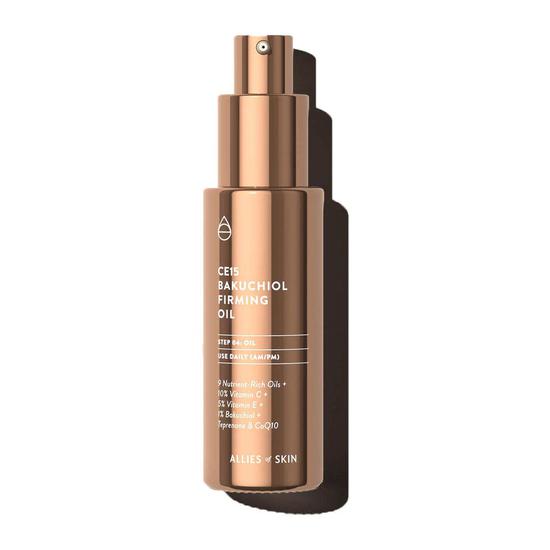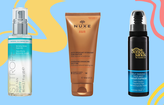
- Skin
- Bakuchiol With Retinol
Can You Use Bakuchiol With Retinol?
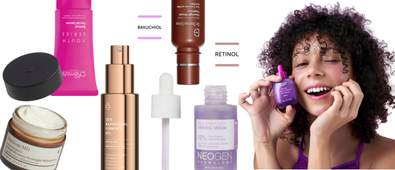
By now, many of us in the skincare world are well acquainted with the game-changer that is retinol: a vitamin A derivative used by those with dull, ageing, or breakout-prone skin alike. Its lesser-known cousin, bakuchiol, however, is something of an unsung hero.
With different strengths but similar properties, what happens when the two are used in conjunction?
Can You Use Bakuchiol With Retinol?
Yes—and the pairing may actually help you get the benefits of retinol with less irritation.
Bakuchiol is often promoted as a plant-based alternative to retinol, offering similar anti-ageing and skin-smoothing effects without the typical dryness or flaking. Retinol, on the other hand, remains the gold standard for improving fine lines, breakouts and texture—but it can be tough on the skin, especially in the early weeks.
When used together, bakuchiol and retinol may deliver complementary results: retinol speeds up cell turnover and collagen production, while bakuchiol adds antioxidant protection and barrier support. Some studies even suggest bakuchiol can enhance the performance of retinol while reducing the chance of side effects.
That said, combining them does increase overall activity—so it's important to layer thoughtfully and ensure your skin is well-hydrated and conditioned.
👉 Already know the benefits of each ingredient?
Jump To Routine
What does retinol do for the skin?
Retinol is a derivative of vitamin A that increases skin cell turnover. It’s well known for helping to reduce the appearance of fine lines, smooth rough texture, fade hyperpigmentation, and regulate oil production. Retinol also stimulates collagen, making it a powerful long-term anti-ageing ingredient.
However, it comes with a reputation for causing irritation, especially during the first few weeks of use (aka the “retinisation” period). Redness, dryness, flaking, and purging are all possible side effects.
Key benefits of retinol:
- Boosts cell turnover: Helps reveal fresh, glowing skin
- Smooths fine lines and wrinkles: Supports collagen production
- Unclogs pores: Helps with breakouts and congestion
- Fades dark spots: Improves tone and discolouration
- Improves skin texture: Refines roughness and unevenness
Best for:
- Acne-prone or oily skin
- Early signs of ageing
- Hyperpigmentation or sun damage
- Textural concerns
Start with a low percentage (0.25–0.5%) and use 2–3 times a week, always paired with a moisturiser and SPF.
What does bakuchiol do for the skin?
Bakuchiol is a plant extract derived from the seeds and leaves of the Psoralea corylifolia plant. It’s often described as a “natural retinol alternative” because it offers similar anti-ageing and smoothing benefits—without the peeling, dryness, or redness that retinol can cause.
While bakuchiol doesn’t increase skin cell turnover in the same way retinol does, it’s been shown to regulate gene expression involved in collagen production, antioxidant response, and skin tone. It also has anti-inflammatory and antibacterial properties, making it great for sensitive or acne-prone skin.
Key benefits of bakuchiol:
- Improves elasticity and firmness: Encourages collagen synthesis
- Fades pigmentation: Helps even out tone and brighten the skin
- Calms inflammation: Ideal for reactive or sensitive skin
- Fights breakouts: Has mild antibacterial activity
- Antioxidant protection: Helps neutralise free radicals
Best for:
- Sensitive or dry skin
- People who can’t tolerate retinol
- Preventative ageing routines
- Supporting actives like retinol or acids
Bakuchiol is typically used once or twice daily and is often found in serums, oils, or moisturisers.
Can you use bakuchiol and retinol together?
Yes—and this combination is gaining popularity for a reason.
Because bakuchiol and retinol work through different mechanisms but share many of the same skin goals (collagen support, smoothing, brightening), they can be layered to potentially amplify results while buffering irritation.
Several small studies and anecdotal reports suggest that bakuchiol may reduce the irritation caused by retinol, acting as a “gentle buffer” without compromising its benefits. At the same time, bakuchiol brings its own antioxidant and anti-inflammatory effects to the table.
This makes the pairing ideal for those who want to get the most out of their anti-ageing or acne routine—without sacrificing comfort.
Comparing Bakuchiol & Retinol Side-by-Side
| Benefit | Bakuchiol | Retinol |
|---|---|---|
| Primary Function | Plant-based retinol alternative that boosts cell turnover and elasticity | Vitamin A derivative that accelerates cell renewal and collagen production |
| Reduces Fine Lines & Wrinkles | ✅ Visibly firms and smooths over time | ✅ Clinically proven to reduce wrinkles |
| Improves Skin Texture | ✅ Refines roughness and uneven tone | ✅ Smooths and resurfaces skin |
| Fades Hyperpigmentation | ✅ Gently fades dark spots | ✅ Strongly effective against pigmentation |
| Boosts Collagen | ✅ Stimulates collagen without irritation | ✅ Increases collagen synthesis for firmer skin |
| Hydration & Barrier Support | ✅ Supports barrier and moisture balance | ⚠️ May cause dryness or flaking |
| Antioxidant Protection | ✅ Offers antioxidant and anti-inflammatory benefits | ⚠️ Mild antioxidant properties |
| Irritation Potential | ✅ Very gentle on skin | ⚠️ Can cause redness or peeling |
| Suitable for Sensitive Skin | ✅ Excellent for sensitive and dry skin types | ⚠️ Introduce gradually and buffer with moisturiser |
| Best Time to Use | AM or PM (can be used daily) | PM only (avoid sunlight exposure) |
Tips for success
- Introduce retinol slowly: 1–2 nights per week at first; increase as tolerated
- Use bakuchiol daily: Especially helpful on non-retinol nights to support the skin
- Hydrate generously: Use moisturisers with ceramides or hyaluronic acid to support your barrier
- Avoid strong actives at the same time: Skip AHA/BHA or vitamin C when using both
- Use SPF every morning: Both retinol and bakuchiol routines benefit from daily sun protection
Watch your skin: If flaking or redness occurs, scale back frequency or simplify your routine temporarily
How to combine Bakuchiol With Retinol
✅ Option 1: Layer bakuchiol after retinol (recommended)
This method supports your skin barrier and helps reduce dryness.
Routine:
- Cleanse and pat skin dry
- Apply retinol to clean, dry skin
- Wait 5–10 minutes for absorption
- Apply bakuchiol serum or moisturiser
- Finish with a rich moisturiser if needed
This gives retinol time to absorb and allows bakuchiol to soothe and hydrate.
✅ Option 2: Use bakuchiol in the morning, retinol at night
If you want to maximise the benefits across the day:
- AM: Bakuchiol → Moisturiser → SPF
- PM: Retinol → Moisturiser
This is great for those who are already well-adjusted to both ingredients or who use retinol less frequently.
A.M.
P.M.
✅ Option 3: Use bakuchiol on retinol off-nights
If you’re still building tolerance to retinol:
- Use retinol 2–3 nights per week
- Use bakuchiol on non-retinol nights
This keeps your skin in a “pro-renewal” mode with less chance of irritation
FAQs
Can I use bakuchiol and retinol at the same time?
Yes—bakuchiol may help reduce irritation while boosting retinol’s benefits. Start slow and always moisturise well.
Will bakuchiol replace retinol?
Not exactly. Bakuchiol is gentler and great for sensitive skin, but retinol still has stronger clinical backing for boosting cell turnover. They’re best used together or rotated based on your goals.
Should I apply bakuchiol before or after retinol?
After. Apply retinol to clean, dry skin, wait a few minutes, then follow with bakuchiol and a moisturiser.
Can I use bakuchiol if I can’t tolerate retinol?
Yes! It’s one of the best alternatives for those who react badly to retinoids, and it can still provide visible results over time.

Written by Maria Mukaranda
Maria’s background is rooted primarily in creative media and a love for all things written, expressed through experience both online and in print; for creative platforms spanning from music to fashion to beauty.
Top Posts

